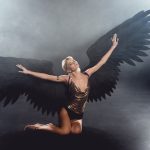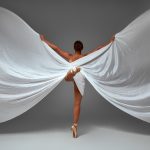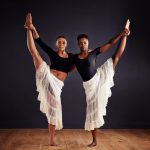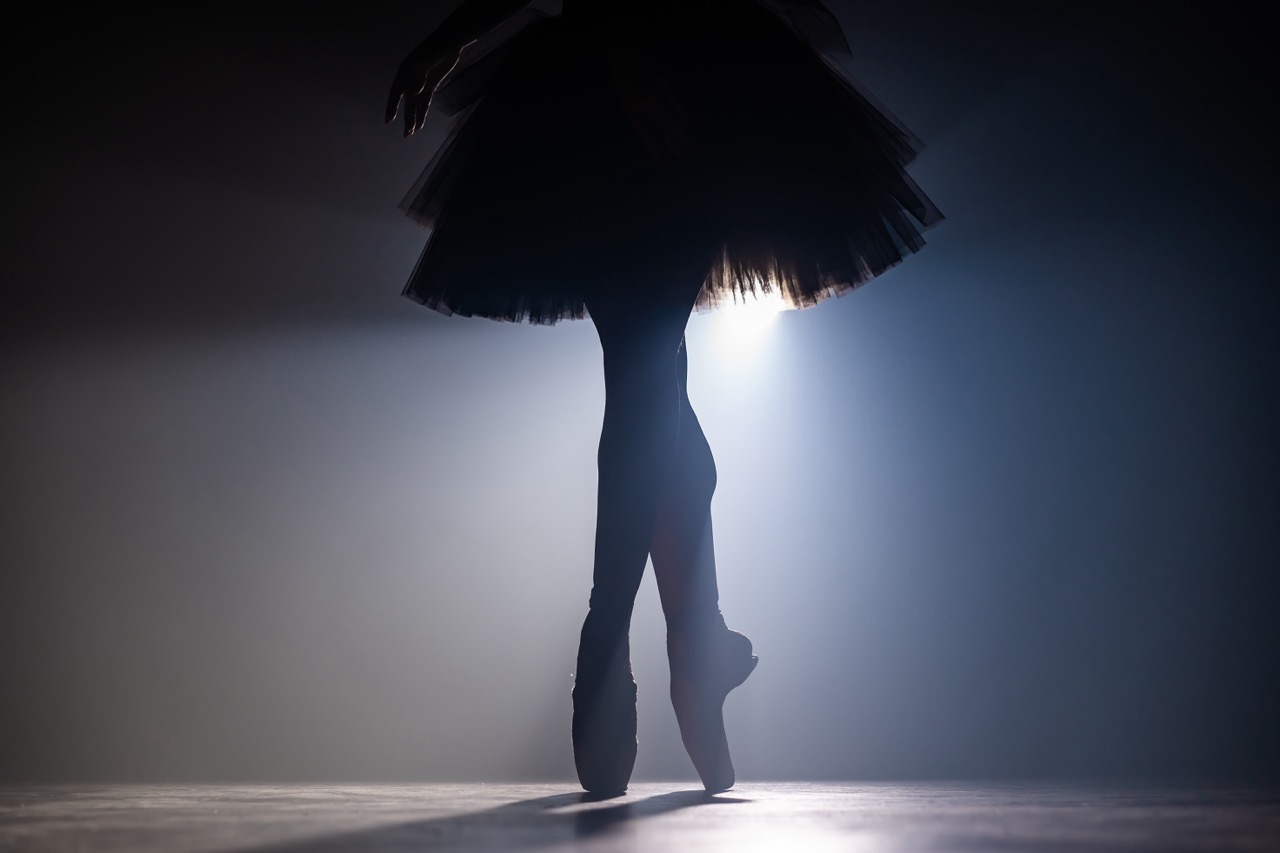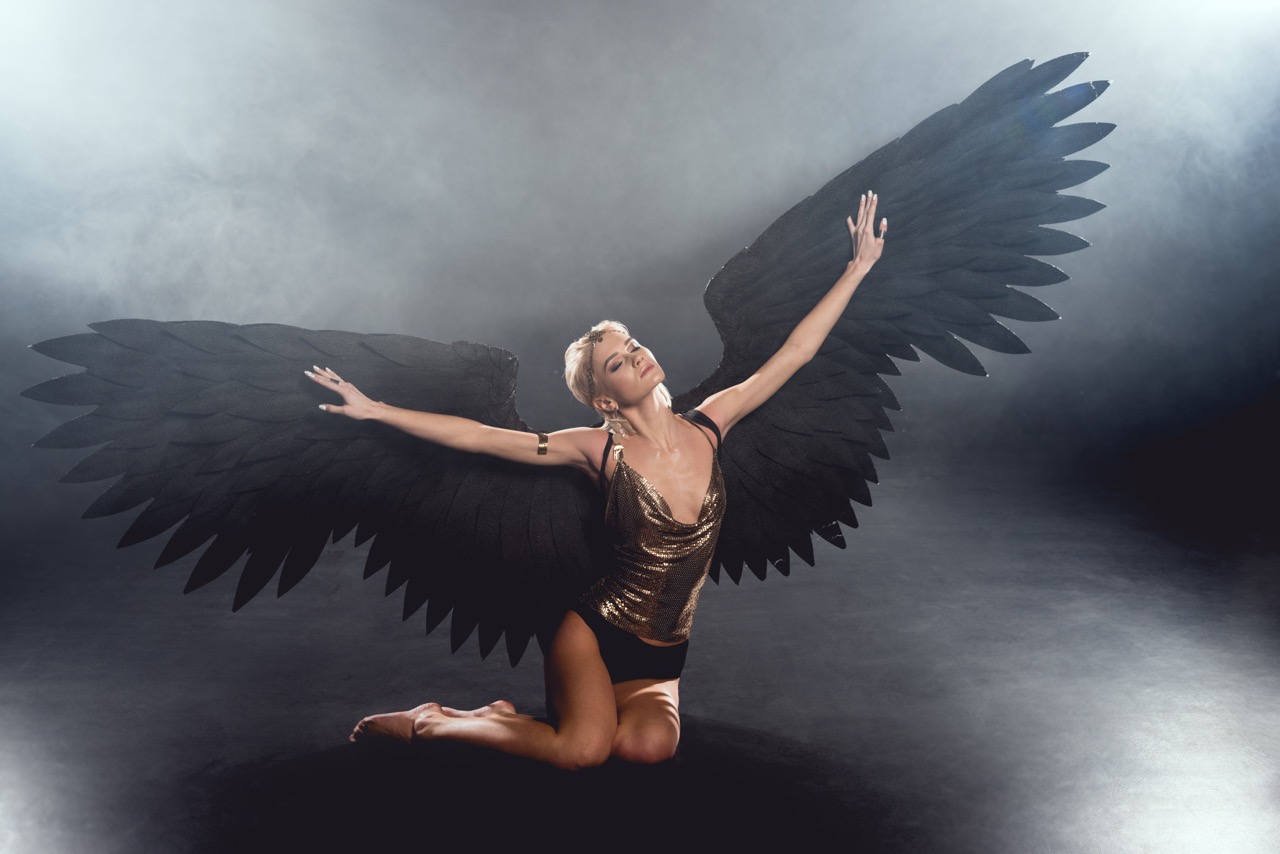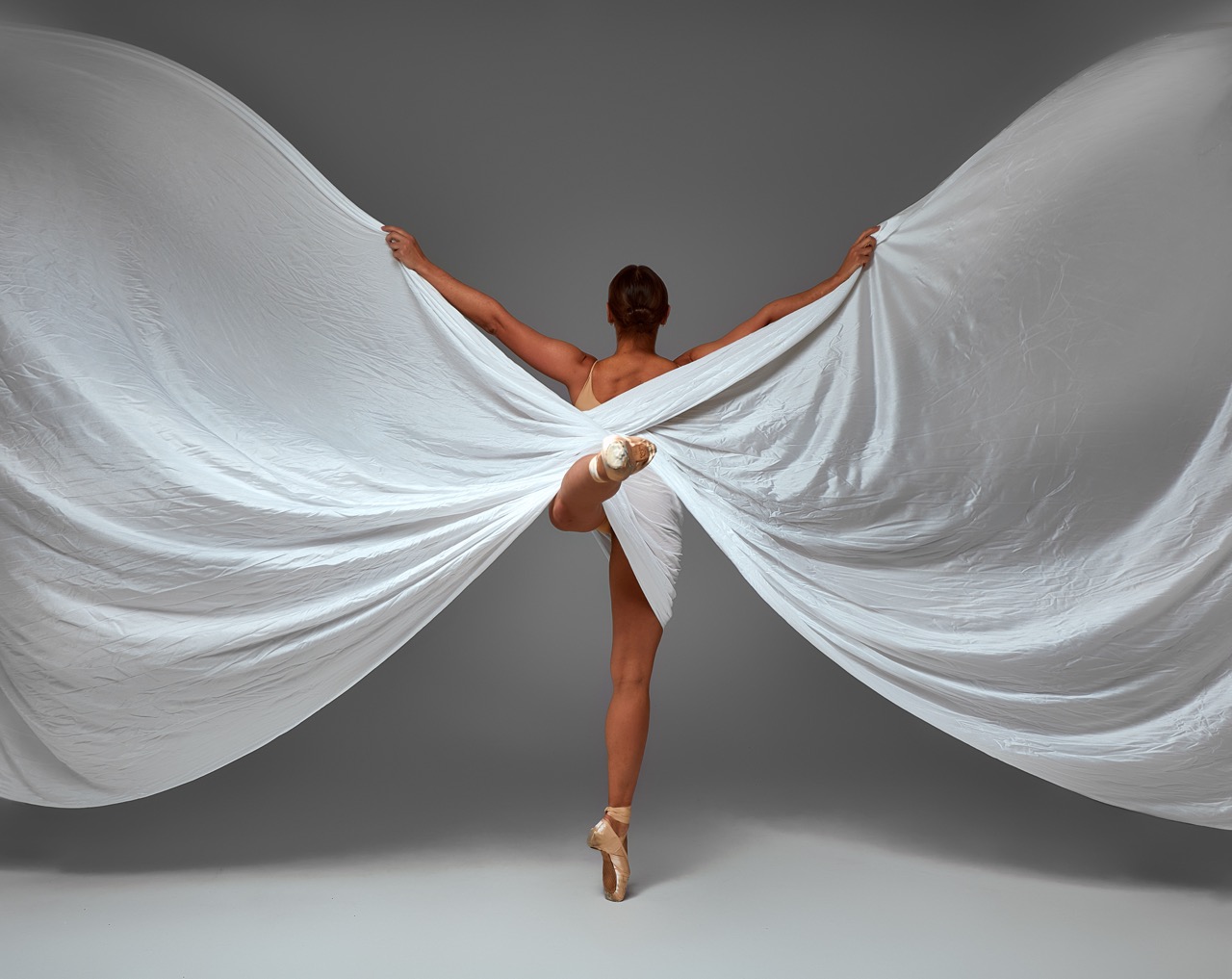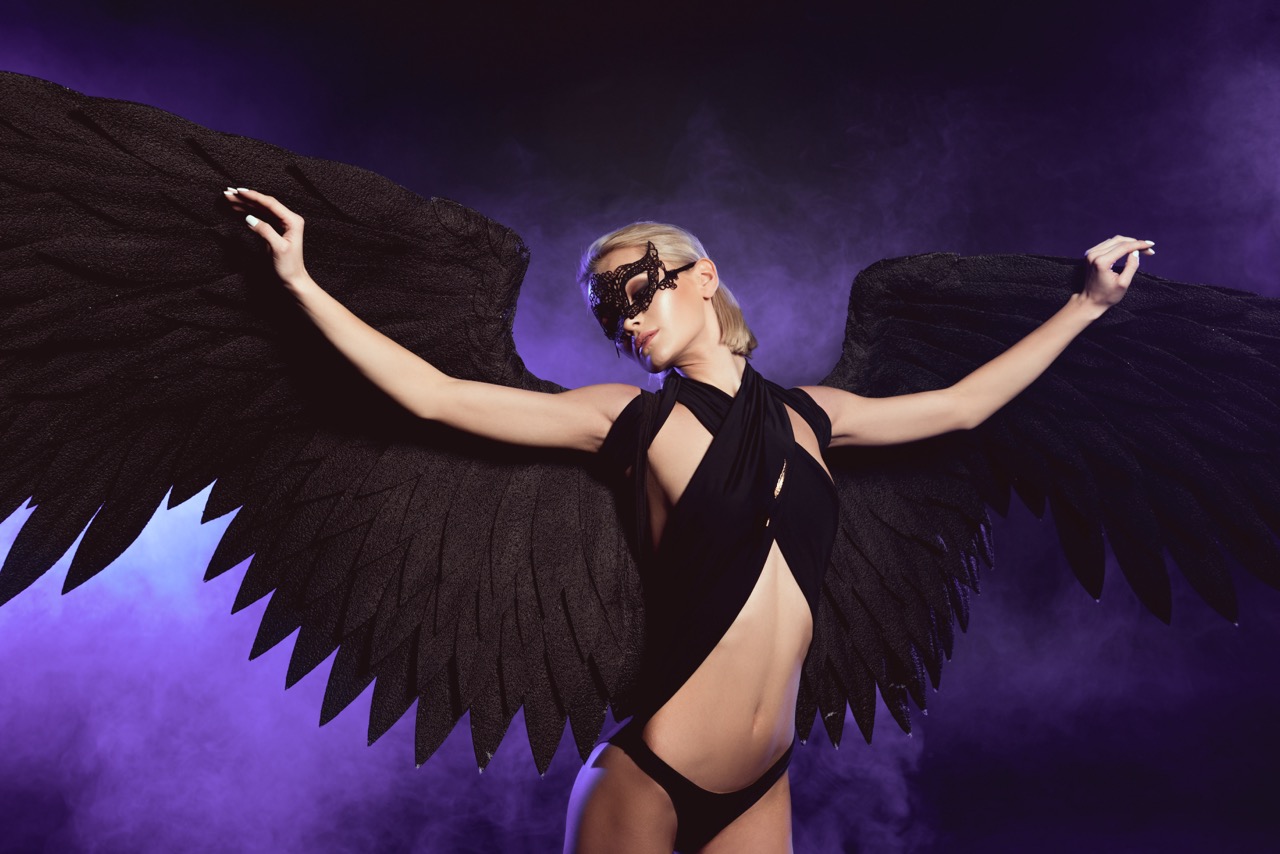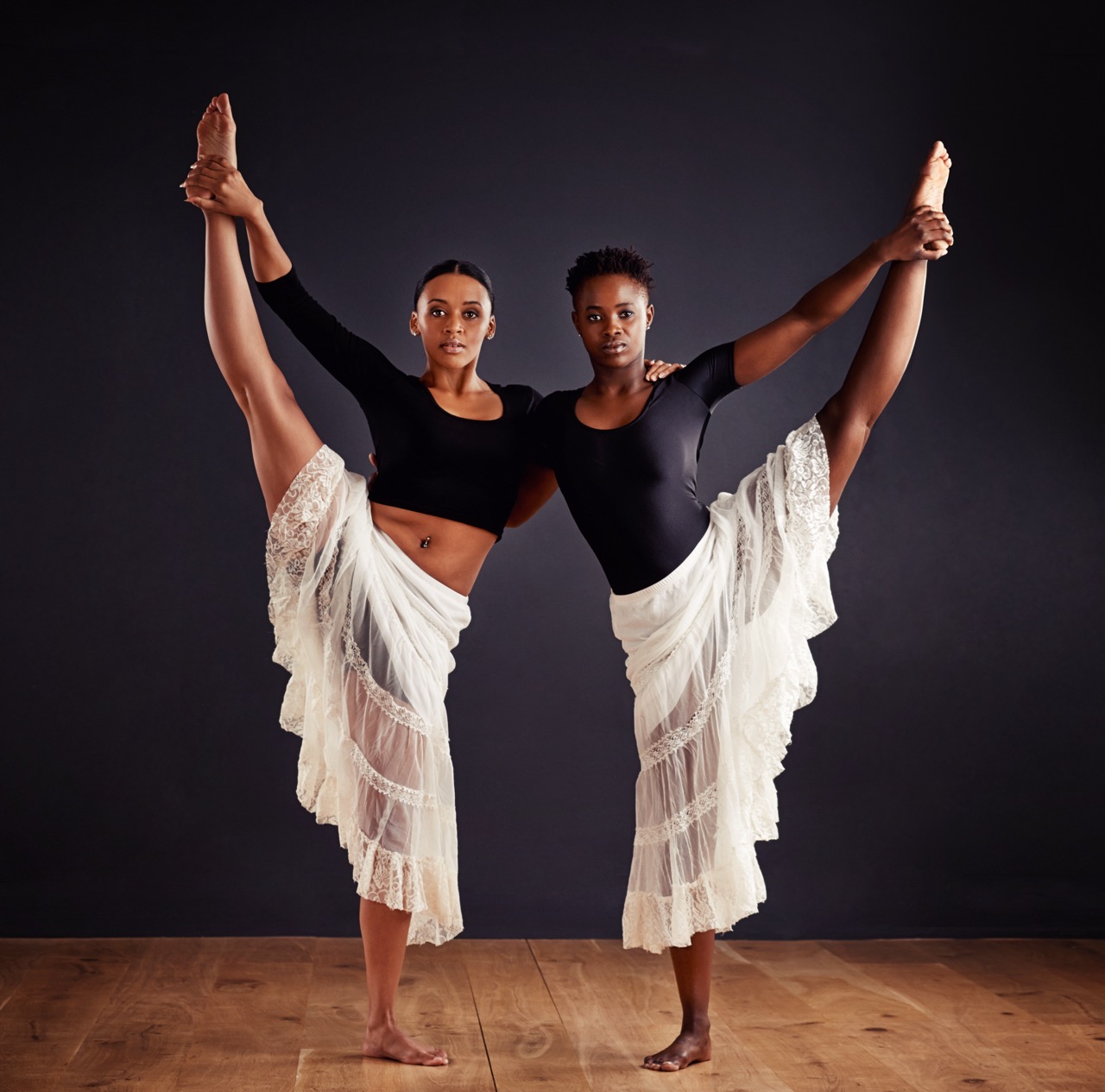The world of dance is a rich tapestry woven with cultural narratives, legends, and vibrant expressions of human emotion. Among the many forms of dance, winged dance has carved a unique niche, characterized by its ethereal costumes and captivating performances. These winged ensembles often evoke mythical figures, transporting audiences to realms where the ordinary mingles with the extraordinary. This article explores why winged dance costumes are so closely associated with mythical beings, examining their cultural significance, symbolic meanings, and the role they play as bridges between the earthly and the celestial.
The Enchantment of Winged Dance: A Cultural Overview
The allure of winged dance transcends cultures and epochs, reflecting a universal fascination with the fantastical. From the ancient Egyptian deities adorned with wings to the celestial beings of Hindu mythology, the imagery of flight has always been intertwined with spirituality and transcendence. In many cultures, wings symbolize freedom, transformation, and the divine connection between humanity and the heavens. This enchanting perception of flight invites performers and audiences alike to explore the deeper meanings embedded in these movements.
Across various dance forms—from ballet to traditional folk dances—winged costumes have become an essential element. The graceful lines and flowing fabrics mimic the fluidity of movement associated with birds and angels, enhancing the visual spectacle of performance. Dancers donning these costumes often embody otherworldly characters, drawing spectators into a dreamlike state where the boundaries of reality blur. This cultural fascination with winged dance reflects a collective yearning for escapism and a touch of the divine, allowing performers to explore their artistry while invoking myth and wonder.
Moreover, the emergence of winged dance in contemporary performance art continues to celebrate its historical roots while evolving to resonate with modern audiences. Artists innovate using technology, integrating light and sound with traditional winged aesthetics, thus broadening the narrative scope of winged dance. This fusion of past and present not only honors the cultural heritage but also revitalizes it, ensuring that the enchantment of winged dance remains alive and relevant in today’s artistic landscape.
Mythical Inspirations: The Birth of Winged Dance Costumes
The genesis of winged dance costumes is steeped in myth, with many designs inspired by legendary figures and narratives. Ancient myths often feature beings with wings—gods, goddesses, and supernatural entities that personify various virtues and qualities. For instance, the Greek deity Iris, a personification of the rainbow and messenger of the gods, is depicted with feathered wings, symbolizing both speed and divine communication. Such figures have served as a wellspring of inspiration for dancers and costume designers alike, imbuing performances with rich storytelling elements.
The creative process behind winged dance costumes involves a delicate balance of artistry and symbolism. Designers often draw from historical sources, folklore, and various cultural motifs to create costumes that echo the essence of the mythical figures they represent. Materials such as silk, feathers, and sequins are commonly used to evoke the iridescence and ethereality associated with flight. Each costume is not merely a garment but a narrative device that helps to convey the dancer’s interpretation of the mythical being.
In addition to historical references, contemporary interpretations of winged characters have emerged, often blending various styles and cultures. Dancers may embody figures from different mythologies, creating a tapestry of narratives that reach beyond geographical boundaries. As these costumes evolve, they continue to honor the rich legacies of their mythological inspirations while inviting new interpretations that resonate with today’s audience.
Symbolism and Elegance: Wings in Dance Traditions
Wings in dance traditions symbolize more than just the act of flying; they embody profound themes of liberation, aspiration, and spiritual awakening. Across cultures, wings are emblematic of the soul’s journey, representing the desire to rise above earthly constraints and connect with higher realms. In ballet, for instance, the use of winged motifs can evoke the image of fairy-like creatures or angels, each associated with grace and beauty. The elegance of winged dance costumes enhances the dancer’s movements, transforming each leap and twirl into a visual manifestation of these lofty ideals.
The elegance inherent in winged dance costumes is further amplified by the choreography that accompanies them. Dancers often use sweeping arm movements that mimic the flapping of wings, creating an illusion of soaring through the air. This physical expression of fluidity and grace allows performers to embody the essence of their mythical counterparts, drawing viewers into a captivating world where form and symbolism intertwine. The visual impact of these movements is magnified by the costumes, which catch the light and create mesmerizing visual effects on stage.
Moreover, the cultural significance of wings transcends mere aesthetics, often serving as a vehicle for exploring deeper themes such as transformation and transcendence. In many traditions, the act of dancing with wings signifies an inner journey, symbolizing the dancer’s aspirations and struggles. Through the lens of mythology, these performances can portray the triumph of the human spirit, echoing timeless narratives of hope and resilience that resonate across generations.
Bridging Realms: Winged Dancers as Mythical Messengers
Winged dancers serve as powerful conduits between the human experience and the divine, embodying the role of messengers between realms. In many mythologies, figures with wings are tasked with delivering vital information or guidance from the gods to humanity. This symbolism is mirrored in the performances of winged dancers, who, through their art, channel the messages and stories of their cultural heritage. Their costumes act as a bridge, transforming the dancer into a living embodiment of the myths they represent, allowing audiences to experience these narratives in a visceral way.
The role of winged dancers as mythical messengers is particularly evident in ceremonial dances, where performance transcends entertainment to convey spiritual or cultural significance. These dances often arise during rituals or celebrations, invoking the presence of deities or ancestors. The winged dancers, adorned in their elaborate costumes, become the physical manifestation of these revered figures, facilitating a connection between the audience and the divine. In this way, the act of dance becomes a sacred dialogue, fostering a sense of community and shared belief.
As cultural narratives evolve, so too does the interpretation of winged dancers and their significance. Modern performances often explore themes of identity, transformation, and the interconnectedness of all beings, reflecting contemporary societal concerns while retaining the mythical roots of their artistry. This duality allows winged dancers to remain relevant in today’s world, continuing to serve as messengers—not just of ancient myths but also of the shared human experience, bridging the gap between the past and the present.
The association of winged dance costumes with mythical figures is a testament to the enduring power of storytelling through movement. From their cultural origins to the symbolism they embody, winged dancers captivate audiences by offering a glimpse into realms beyond the ordinary. As they continue to evolve, these costumes and the narratives they convey remain a vibrant part of the artistic landscape, celebrating the timeless connection between humanity and the myths that inspire us. In a world where the boundaries of reality often seem rigid, winged dance serves as a reminder of the magic that exists when dreams take flight.
